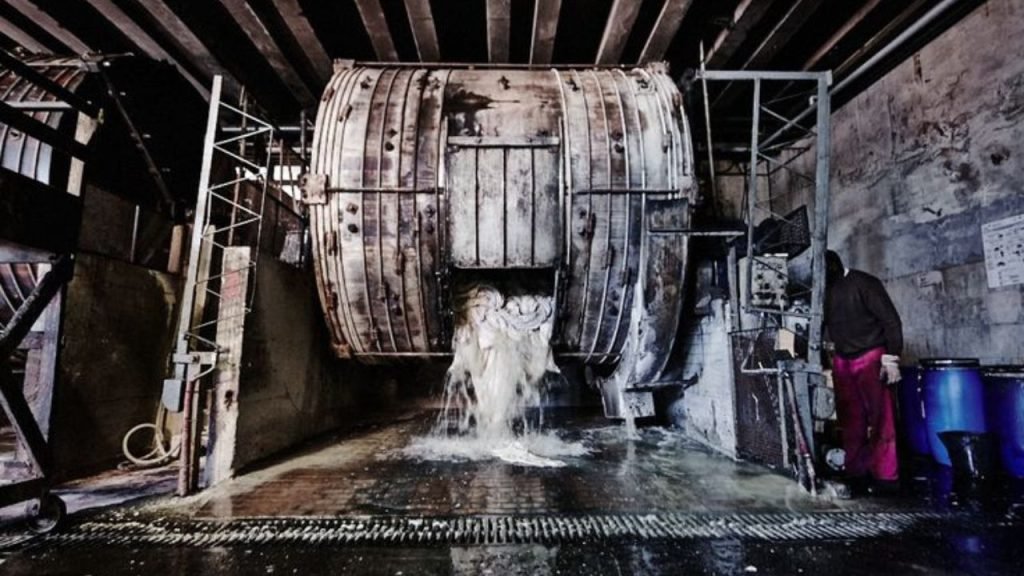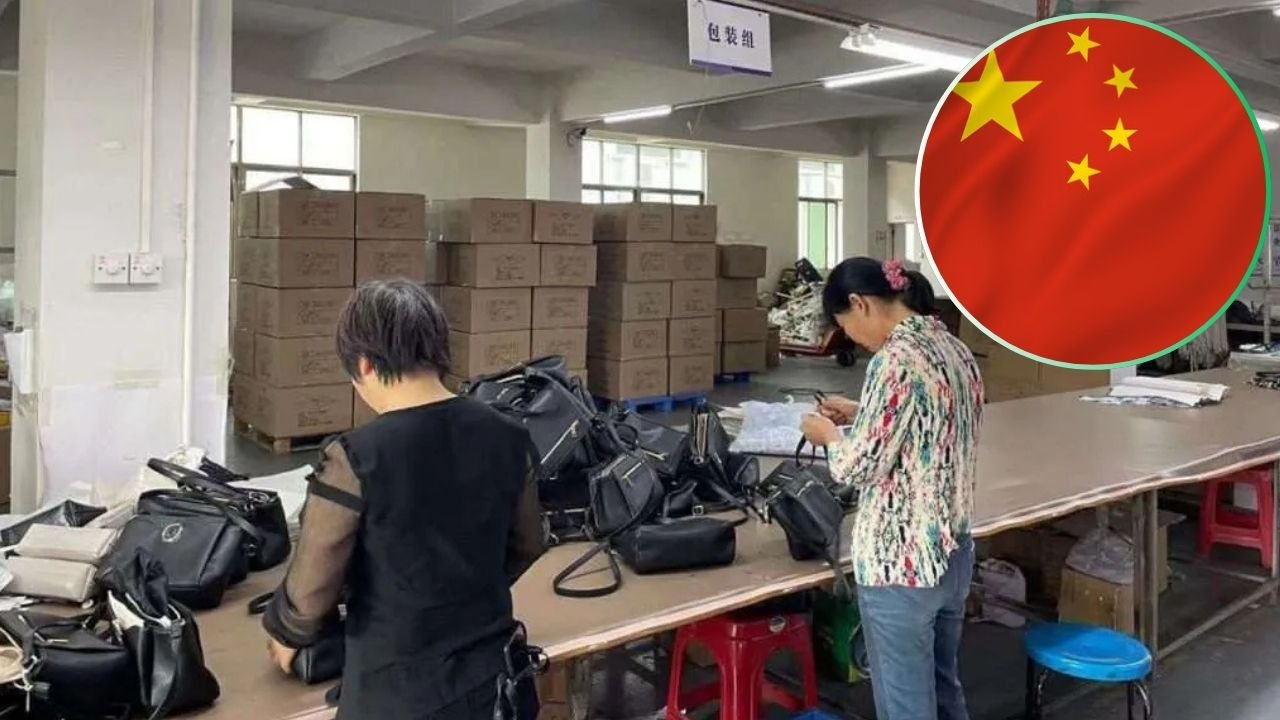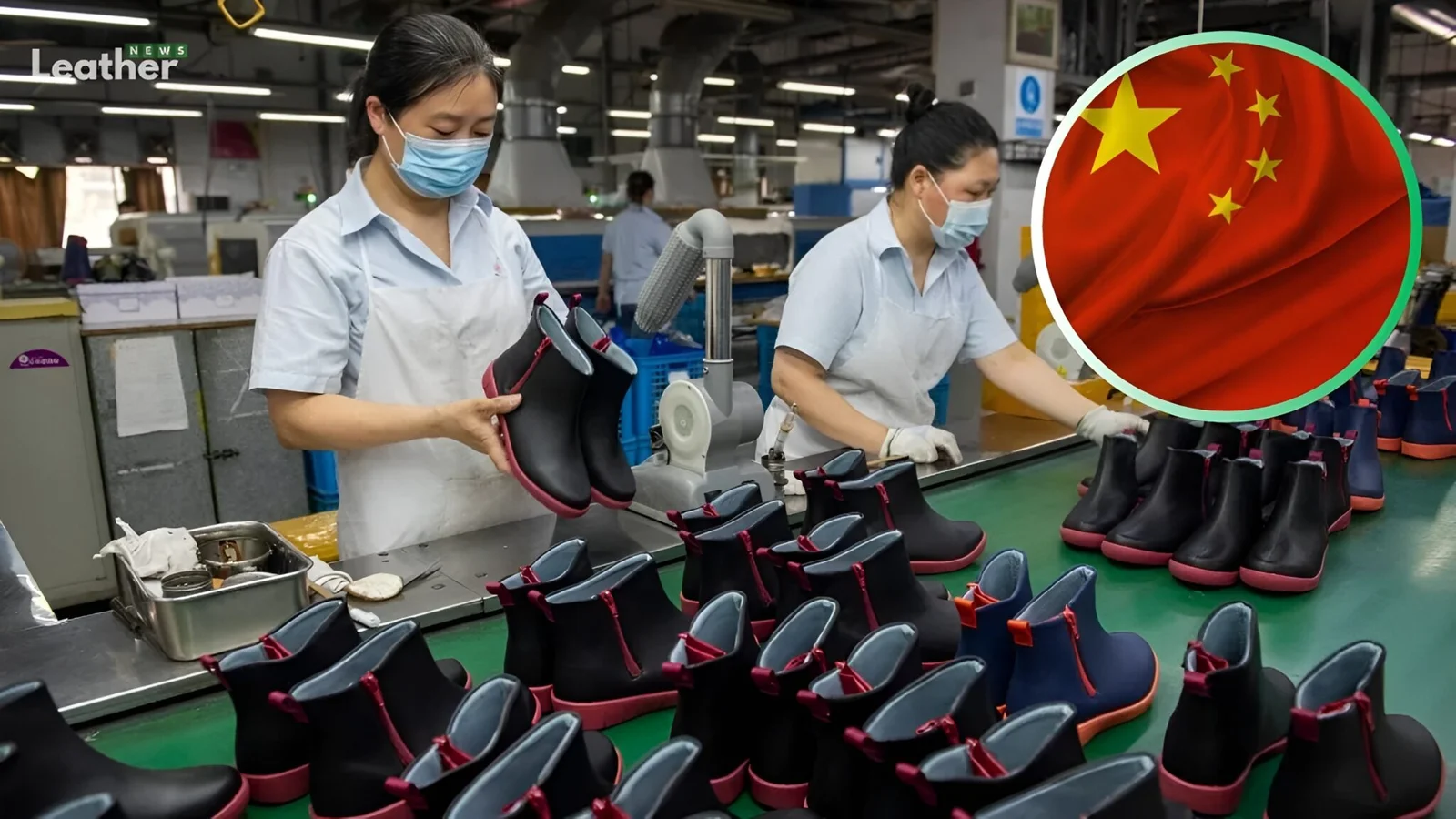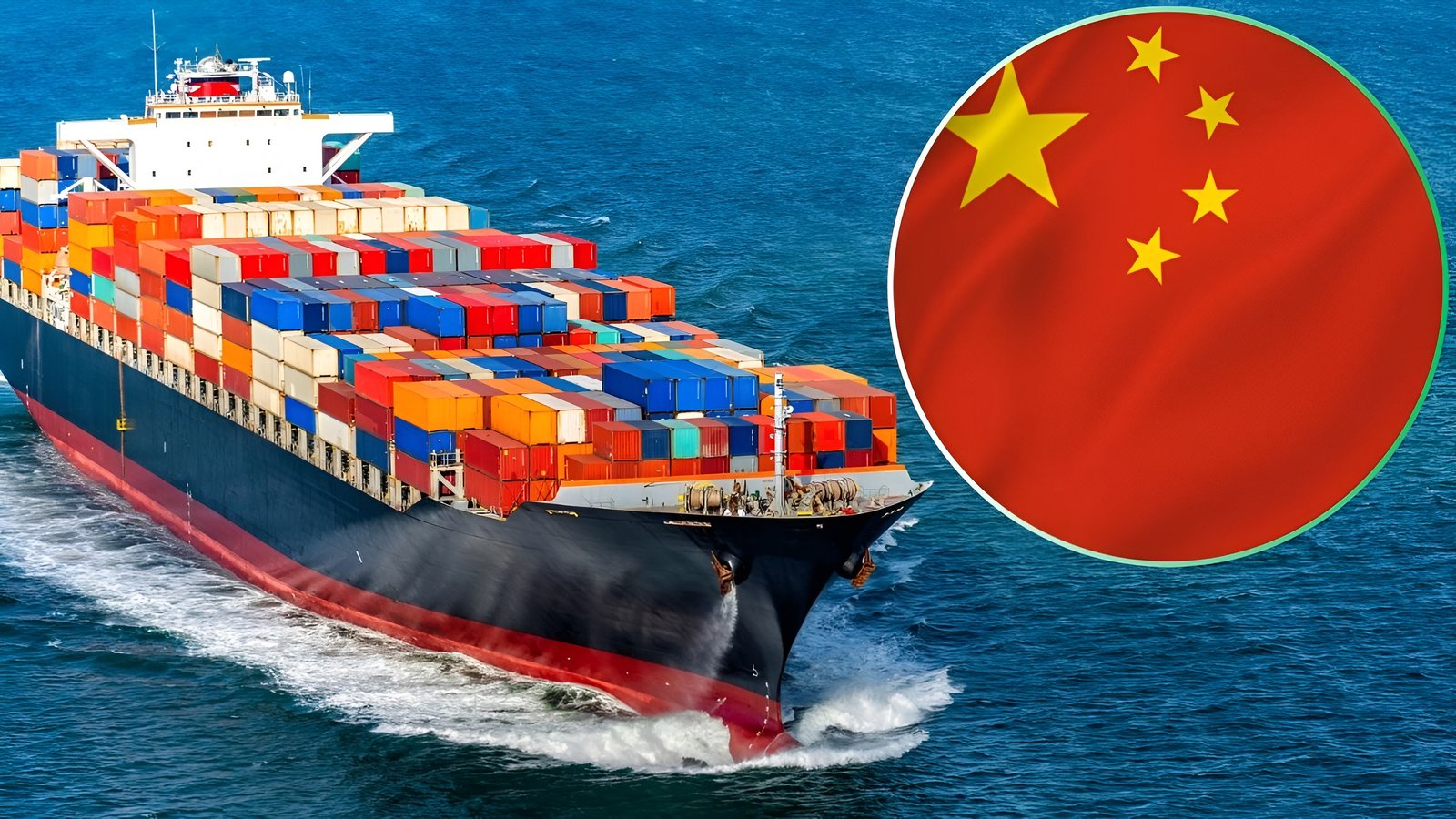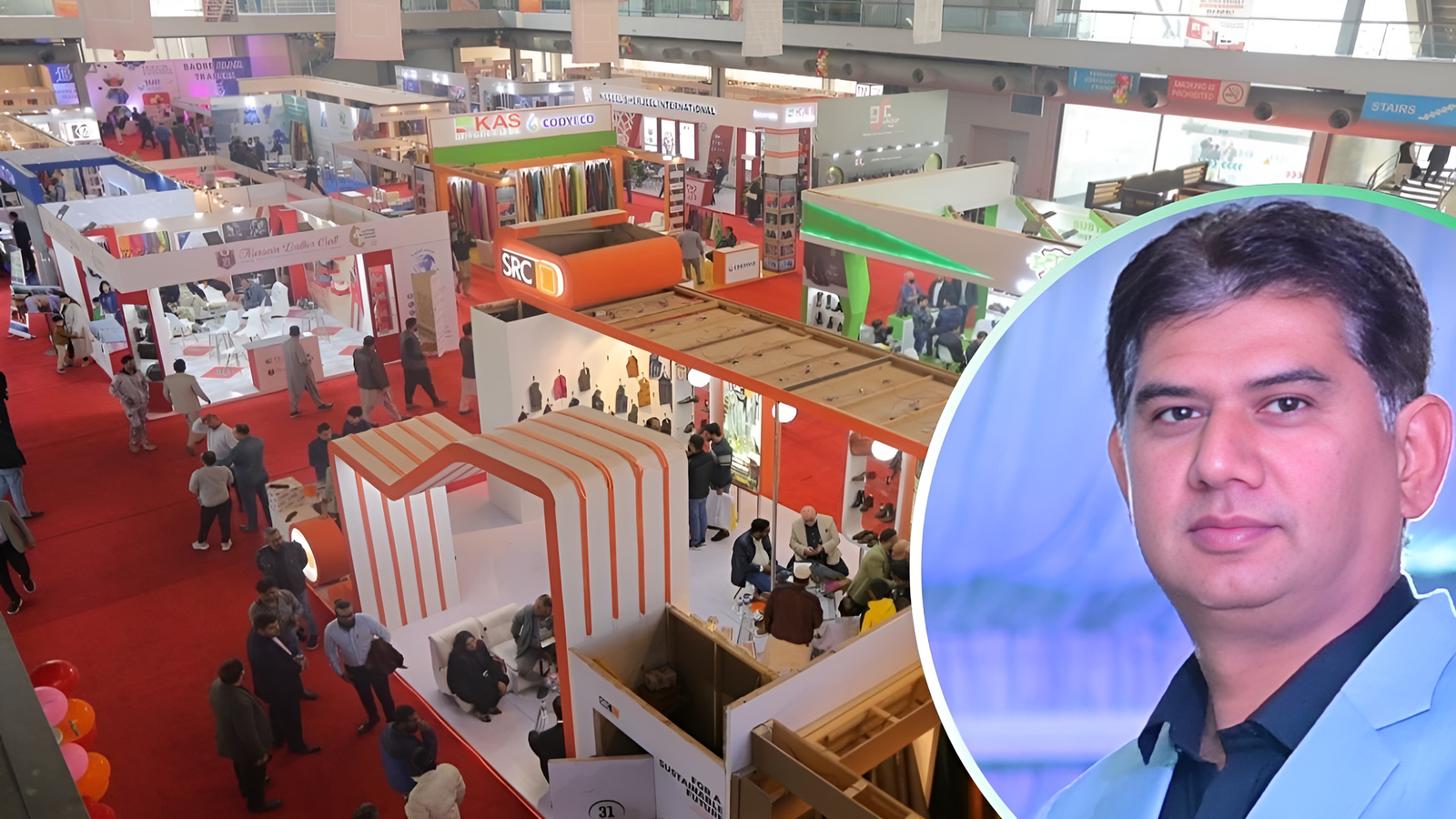In a promising turn of events, Bangladesh’s leather industry has witnessed a significant revival, amassing a commendable $100.40 million from the sales of semi-finished raw materials during the period of July to March in the fiscal year 2023-24. This resurgence marks a notable 9.8 percent increase compared to the corresponding timeframe from the previous year, as revealed by data from the Export Promotion Bureau (EPB).
The increase in exports owes much to an unexpected ally – China. The behemoth importer has notably ramped up its intake of semi-finished leather from Bangladesh, a strategic move aimed at curbing production costs to remain competitive in the lucrative US market.
Diponkar Tripura, the proprietor of Life & Race Bangladesh, a prominent manufacturer and exporter in the leather industry, highlighted the substantial uptick in export orders for semi-finished leather from China. This increase in demand can be attributed to the ongoing trade tensions between the United States and China, coupled with the escalating production costs within China’s borders, fueled by a steady rise in labor wages.
As Tripura elucidated, Chinese companies now opt to import semi-finished leather from Bangladesh, subsequently processing them within China or neighboring nations like Vietnam and Cambodia. This circumvents the hefty tariffs imposed on Chinese exports to the US, thereby maintaining their competitive edge in the market.
The trade dynamics have been further influenced by China’s endeavors to address environmental concerns, leading to the phasing out of environmentally hazardous industries. Consequently, Bangladesh emerges as an attractive sourcing destination for Chinese importers, driven by the relatively low prices of semi-finished leather within the country.
However, while the rise in semi-finished leather exports paints a promising picture for Bangladesh’s economy, there exists a notable missed opportunity. Bangladesh could potentially yield greater returns by exporting finished leather and leather goods directly, thereby maximizing value addition and capitalizing on its expertise in leather processing.
Unlocking this potential hinges upon local processors obtaining certification from the Leather Working Group (LWG), a crucial step towards meeting global standards and gaining access to premium markets. Unfortunately, the lack of cash incentives from the government dissuades local firms from channeling their efforts towards producing finished leather for the domestic market.
The government’s provision of a 12 percent cash incentive on semi-finished leather exports further incentivizes the export-oriented approach prevalent in the industry. Yet, the scope for enhancing value addition remains untapped, with potential direct exports promising substantially higher returns for the country.
According to industry insiders, the global economy’s gradual recovery is poised to bolster the demand for luxury goods, including leather items, thereby auguring well for Bangladesh’s leather exports in the foreseeable future. Furthermore, initiatives to address environmental concerns, such as upgrading the central effluent treatment plant in the tannery estate in Savar, hold the promise of enhancing the quality and value of Bangladesh’s leather exports.
Despite facing challenges, such as compliance issues and environmental concerns, Bangladesh’s leather industry stands on the brink of a resurgence. With strategic interventions and a concerted effort to capitalize on emerging opportunities, Bangladesh is well-positioned to reclaim its stature as a key player in the global leather market.





